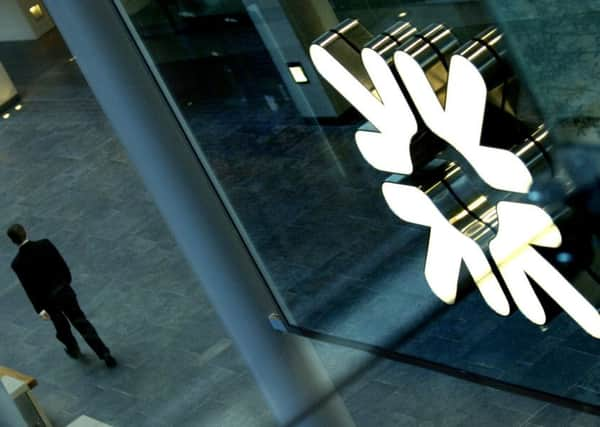A history of Scotland's banks: Royal Bank of Scotland


The Royal Bank of Scotland was founded by Royal Charter on 31 May 1727. The lender opened for business in December of that year in Ship Close, across the road from St Giles’ Cathedral on Edinburgh’s Royal Mile.
As soon as it was up and running, the bank began issuing its own notes – a practice that continues today, alongside rivals Bank of Scotland and Clydesdale.
Advertisement
Hide AdAdvertisement
Hide AdOn the first anniversary of its foundation, RBS invented the overdraft – enabling Edinburgh merchant William Hog to temporarily take more money from his account than he held in it – and its first branch was opened in Glasgow in 1783.
RBS as we know it today was formed through a series of mergers and acquisitions, including Williams Deacon’s Bank in 1930, and Glyn, Mills & Co in 1939. These two firms continued to operate as separate entities and, together with RBS, became known as the Three Banks Group until 1970, when the two London banks were merged to form Williams & Glyn’s.
In 1985, the Williams & Glyn’s name disappeared from the high street when the business was absorbed into its parent group, but it is set to make a comeback of sorts – under the banner of Williams & Glyn – because RBS has been forced to sell it by the end of next year as a condition of its £45bn taxpayer bailout during the 2008 financial crisis.
That rescue deal – triggered by the near-collapse of RBS under the leadership of Fred Goodwin, who had pursued an aggressive expansion strategy culminating in the disastrous acquisition of Dutch lender ABN Amro in 2007 – saw the UK government owning 84.4 per cent of the bank. The taxpayer’s stake has since been reduced to about 73 per cent.
While Goodwin was stripped of his knighthood in the wake of the bailout, observers still rate his move to buy the much larger NatWest in 2000 – having fought off a rival bid from Bank of Scotland – as a particular success. The £21bn deal was the largest takeover in British banking history, creating a group with about 2,600 branches across the UK and more than 105,000 staff.
Since the financial crash, RBS – which has a market valuation of more than £26bn – has been scaling back its international footprint and plans to exit 25 of the 38 countries it has a presence in to focus mainly on the UK and Ireland.
But the group, now led by New Zealand-born chief executive Ross McEwan, last month racked up its eighth consecutive year of annual losses – posting a deficit of £2bn for 2015 – and said dividend payments to shareholders were unlikely to resume before the first quarter of next year.
